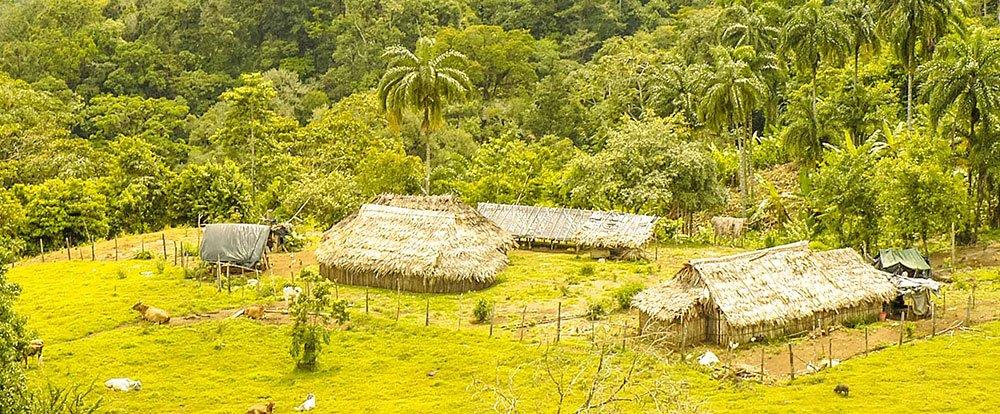
Did You Know That Costa Rica Has Seven Distinct Indigenous Groups? Find Out Who They Are
Bribri
The Bribri people are one of the largest indigenous groups in Costa Rica, residing in the Talamanca region. They are known for their intricate weaving and pottery skills, as well as their deep connection to nature. The Bribri practice a form of animism, believing that all living things have a spirit. They also have a traditional form of governance, led by a cacique or chief, who presides over important decisions and ceremonies.
Cabécar
The Cabécar people are another indigenous group in Costa Rica, living in the Talamanca region alongside the Bribri. They are known for their traditional medicine practices, using plants and herbs to heal various ailments. The Cabécar also have a strong oral tradition, passing down stories and legends through generations.
Maleku
The Maleku people are a smaller indigenous group in northern Costa Rica, near the Arenal Volcano. They are known for their vibrant artwork, including intricate wood carvings and colorful textiles. The Maleku also have a unique language, which is currently on the brink of extinction. Efforts are being made to preserve and revitalize the Maleku language through education and cultural programs.
Chorotega
The Chorotega people are located in the northwest region of Costa Rica, near the border with Nicaragua. They are known for their pottery and ceramics, which are still widely produced and sold today. The Chorotega also have a rich agricultural tradition, growing crops such as corn, beans, and squash. They have a strong sense of community and cooperation, often working together on communal projects.
Ngäbe
The Ngäbe people are an indigenous group that spans across the border of Costa Rica and Panama. They are known for their intricate beadwork and colorful textiles, as well as their traditional music and dance. The Ngäbe live in close connection to the land, relying on farming and hunting for subsistence. They also have a strong oral tradition, passing down stories and knowledge through generations.
Boruca
The Boruca people are an indigenous group that resides in the southern region of Costa Rica, near the border with Panama. They are known for their intricate masks, which are used in traditional ceremonies and dances. The Boruca also have a strong agricultural tradition, growing crops such as corn, beans, and yucca. They have a rich oral tradition, passing down stories and legends through generations.
Teribe
The Teribe people are an indigenous group that resides in the northeastern region of Costa Rica, near the border with Panama. They are known for their intricate basket weaving, using natural fibers and dyes to create beautiful and functional pieces. The Teribe also have a strong connection to the land and nature, relying on farming and fishing for sustenance. They have a unique language and culture, which is currently at risk of extinction.
The indigenous groups of Costa Rica represent a diverse and vibrant tapestry of cultures that have withstood the test of time. Despite facing challenges such as discrimination and land rights issues, these communities continue to preserve their traditions and identities. Efforts are being made to protect and promote the rights of indigenous peoples in Costa Rica, ensuring that their rich cultural heritage will be passed down to future generations.
Legal Disclaimer:
MENAFN provides the
information “as is” without warranty of any kind. We do not accept
any responsibility or liability for the accuracy, content, images,
videos, licenses, completeness, legality, or reliability of the information
contained in this article. If you have any complaints or copyright
issues related to this article, kindly contact the provider above.

















Comments
No comment